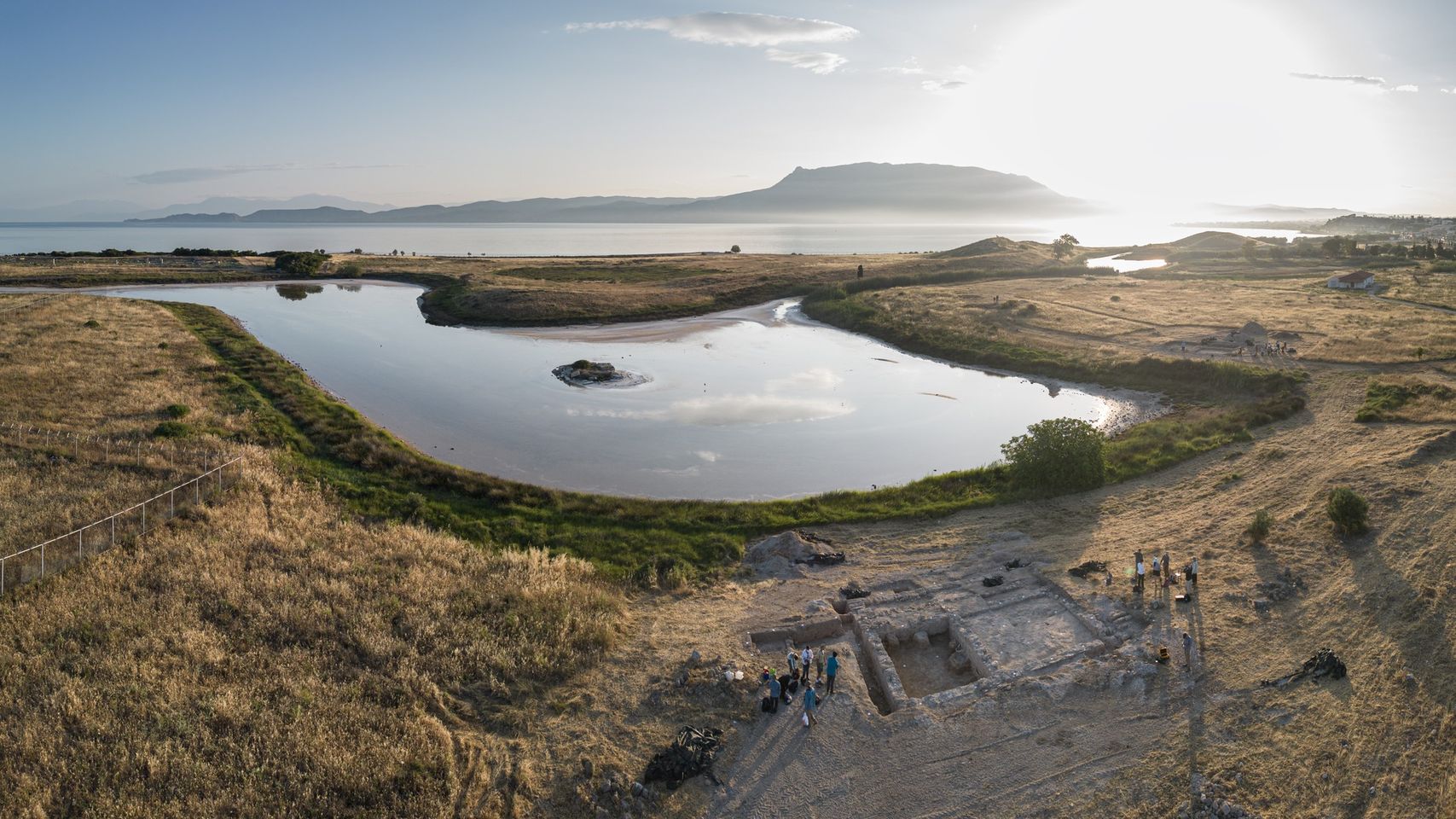Fieldwork
This listing expired on March 15, 2025. Please contact paul.scotton@csulb.edu for any updated information.

Location: WVJQ+W5 Korinthos, Greece
Season: May 24, 2025 to July 19, 2025
Session Dates: 05/24/2025-07/19/2025
Application Deadline: January 3, 2025
Deadline Type: Rolling
Website: https://www.facebook.com/profile.php?id=100069679934258
Program Type:
Field School, Volunteer
RPA Certified:
No
Affiliation:
California State University Long Beach
Project Director:
Dr. George Spyropoulis and Dr. Paul D. Scotton
Project Description:
Lechaion Harbor was the first and primary port of Ancient Corinth. With the exception of the Leonidas basilica, excavated by Dr. D.I. Pallas of the Greek Archaeological Society in the 1950s and 1960s, the site has remained undisturbed until LHSLP began its efforts in 2016. The site is large, ca. 1 kilometer square, with both harbor installations and an extensive settlement. A major focus has been a geophysical survey of the entire site to document the scope of the inhabited area and to help target future excavations. Currently under excavation are an Early Roman period porticus, a warehouse house that was later divided into multiple rooms (one of which may have been a taverna), a Roman civic basilica in two phases (Augustan and Flavian), and a large (30 m in diameter) circular building that was fitted out in fine marbles. In addition to the geoprospection survey, other on-going scientific explorations include archaeo-botanical, chonchological, faunal, geological, geomorphological, and residue analyses. One of the primary goals is to determine why the harbor was abandoned in the late 5th/early 6th centuries CE. Prior to this, Lechaion had been one of the major nodes of trade across the Mediterranean starting at least in the Late Geometric Period (ca. 740-730 BCE) and perhaps in use during the Mycenaean era if not earlier. Although currently largely in Roman levels, it is assumed earlier periods of occupation lie below since Hellenistic, Greek, Mycenean, and Neolithic materials have been found across the site.
The field school is a major component of the project. Students will be trained in excavation techniques and methodologies, basic ceramic indentification and sorting, field recording primarily in iDig, and data entry. Opportunities exist in learning basic photogrammetry, conservation practices, and data base management, . Various specialists on the staff lecture of such topics as epigraphy, archaeo-botany, numismatics, chonchology, geomorphology, ceramic studies, etc.
Four trips will be made to nearby archaeological sites and museums which have included in the past, Mycenea, Tiryns, Nauplion, Nemea, Mystra, Isthmia, Kenchreai, Stymphalus, and Olympia.
Students are housed in the village of Ancient Corinth in a new complex in rooms of 2-5 students. Each unit is air conditioned and has wifi and a kitchen with maid service. Laundry facilities are on site.
Period(s) of Occupation: At this time, primarily in Early Roman levels, Augustan and earlier, but the site was in use from at least ca. 1300 BCE. Hellenic, Greek, Mycenean, and Neolithic material has been found scattered across the site but all in reuse contexts.
Project Size: 50+ participants
Minimum Length of Stay for Volunteers: 8 weeks
Minimum Age: 18
Experience Required: No experience is required but experience is welcome.
Room and Board Arrangements:
$3,000 full room and board for 8 weeks.
Academic Credit:
3 units.
Paul D. Scotton
paul.scotton@csulb.edu
Long Beach
California
90840
USA
Phone: (562) 985-2599
The AIA is North America's largest and oldest nonprofit organization dedicated to archaeology. The Institute advances awareness, education, fieldwork, preservation, publication, and research of archaeological sites and cultural heritage throughout the world. Your contribution makes a difference.
Notifications